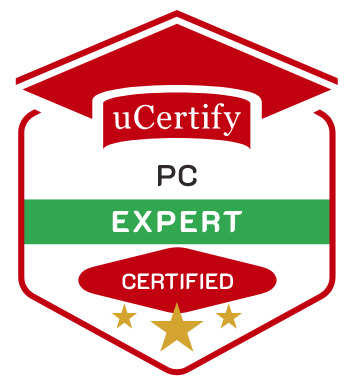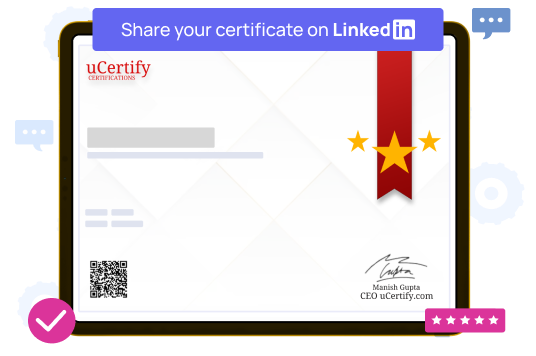Complete A+ Guide to IT Hardware and Software (1101/1102)
ISBN: 978-1-64459-384-4CompTIA 220-1101-1102-SCH.AB1
Get trained and certified for entry-level IT support roles. Secure your place in today’s digital world.


Learn the most relevant in-demand job skills with our PC Expert certification program. Grab the skills and knowledge required to troubleshoot, configure, and maintain computers, laptops, and mobile devices.
Build a high-growth career with this certification covering 9 key domains, empowering you to tackle all sorts of PC related challenges, be it hardware or software.
Learn industry-relevant skills that will give you the confidence to aim for great success in the IT industry.
Fulfill the basic requirements, prove your PC maintenance skills, and secure a notice-worthy first impression on your hiring managers.
Whether you are an intern or a seasoned employee, you can always learn and grow. Climb the corporate ladder with the most in-demand skills.
Our PC Expert certification upscales your resume, commands a higher salary, and positions you as the best candidate for the job.
Connect with skilled PC Expert professionals – join a network that solves problems, shares knowledge, and drives growth.



1.0 Integrated Hardware Systems (15%)
2.0 Network Hosts and Tools (20%)
3.0 Network Services (9%)
4.0 Portable Connectivity Solutions (3%)
5.0 Hardware Support (6%)
6.0 Operating Systems and Applications (21%)
7.0 Securing Devices and Networks (9%)
8.0 Troubleshooting Operating Systems (5%)
9.0 Operations and Management (11%)



| No. of Questions in the Exam | 75 |
| Recommended Experience | None |
| Time Limit | 150 |
| Score Range | 0-1000 |
| Passing Score | 700 |
| Exam Cost | $99.99 |
Start your certification journey with these popular courses, NOW!
Gain hands-on experience as a PC Expert. Learn job-relevant skills.
Learn about Computer parts, their functions, troubleshooting techniques, and hardware installation & configuration.
Explore networking concepts, protocols, installation, and configuration of Windows, macOS, and Linux operating systems.
Understand mobile devices, their operating systems, app management, printer technologies, setup, and maintenance.
Learn about security threats, vulnerabilities, best practices, and troubleshooting techniques for hardware, software, and network.
Get trained to become a certified computer expert and step towards your dream job.
Become A Hardware & Software Pro
Our industry-recognized certification reinstates your credibility as a trained professional. Skill up and stay one step ahead of the competition.
